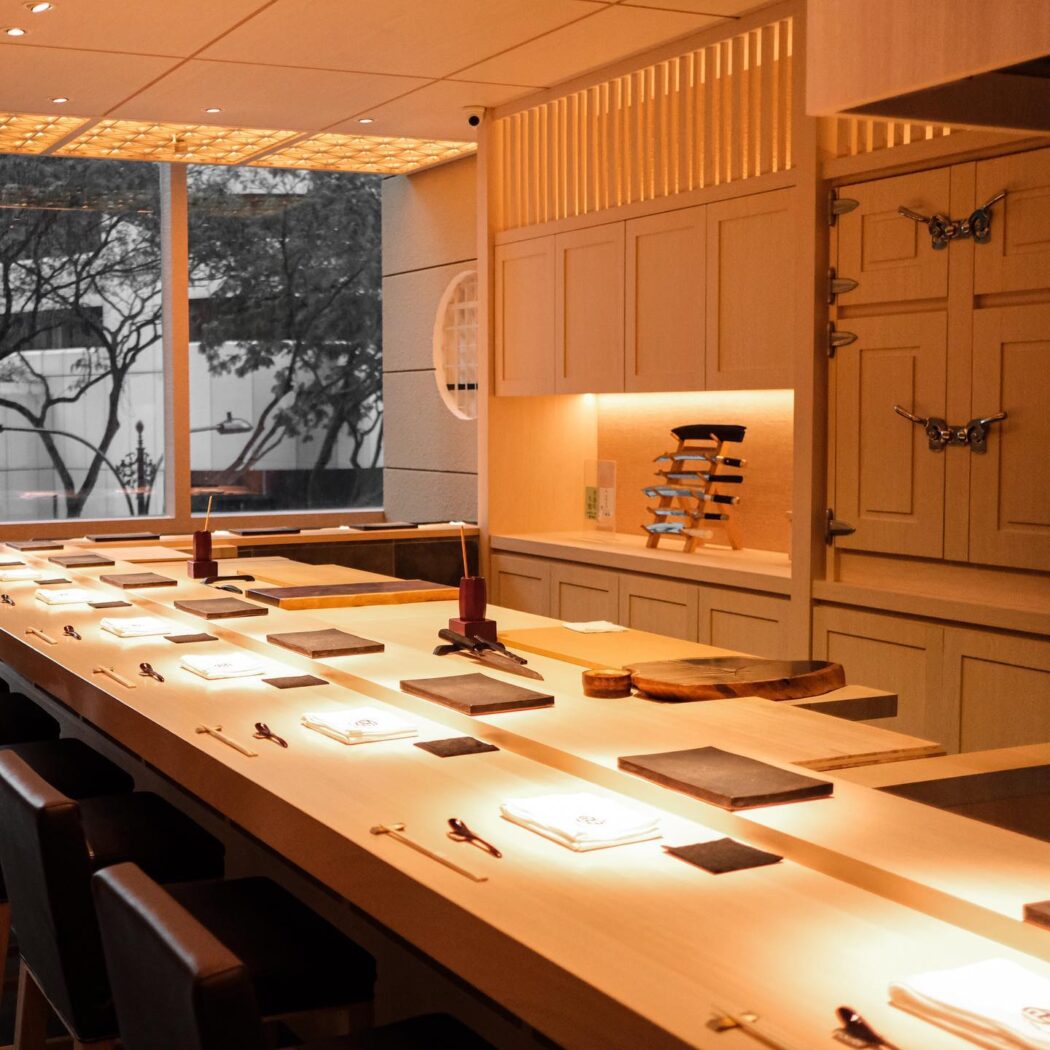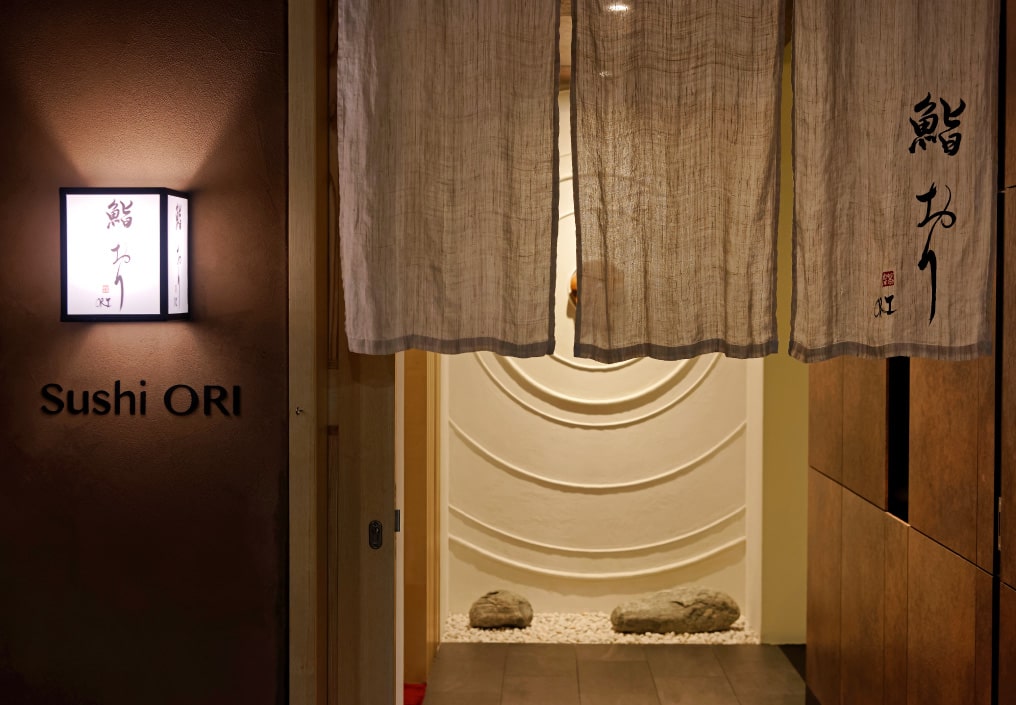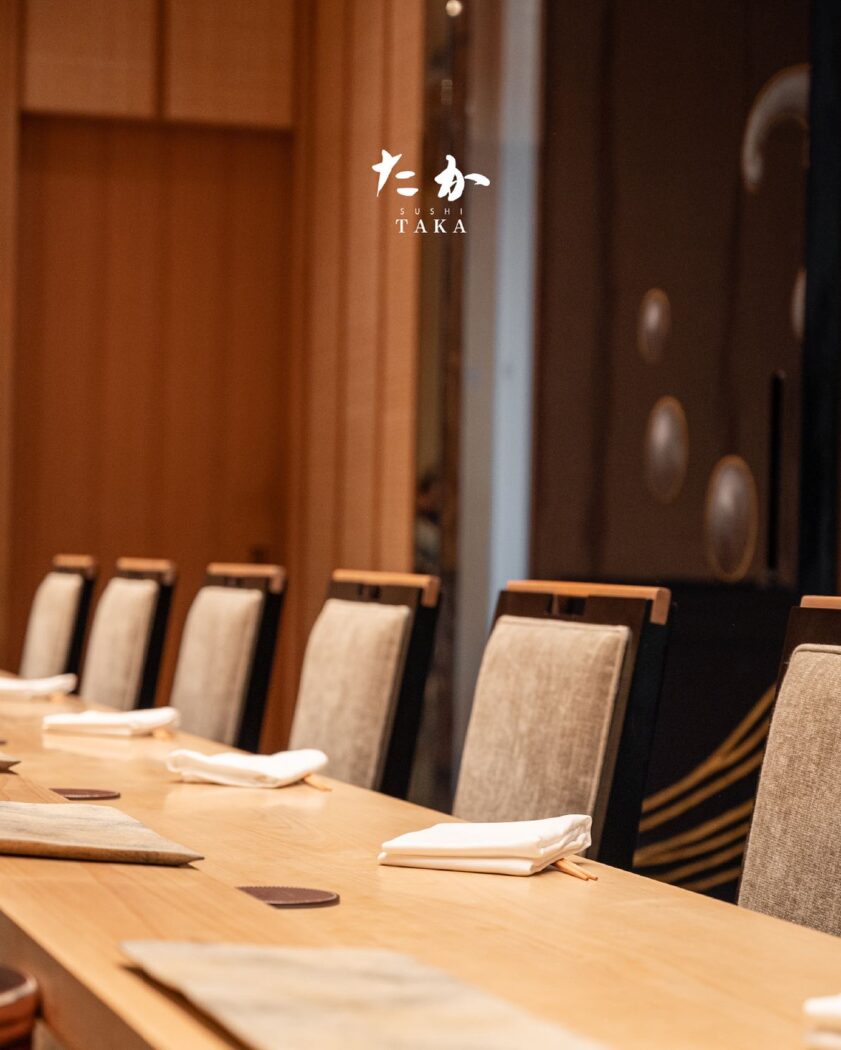Recommended sushi restaurants in Malaysia
Characteristics of Malaysia’s Cuisine
The Jewel of Southeast Asia, Enriched by Diverse Attractions: Malaysia
Located at the heart of Southeast Asia, Malaysia is comprised of two main regions: Peninsular Malaysia and the northern part of the island of Borneo. It is a country packed with a variety of attractions, including tropical rainforests, beautiful beaches, and modern cities.
The capital, Kuala Lumpur, is a modern city characterized by skyscrapers, yet it also houses many buildings that evoke a sense of history, such as Islamic mosques and Chinese temples. The port city of Penang, facing the Strait of Malacca, retains the ambiance of the British colonial era and is renowned for its culinary diversity, blending various cultures.
In the northern part of Borneo Island, the world’s oldest tropical rainforests spread, inhabited by rare flora and fauna. Here, one can encounter natural wonders unique to this location, such as orangutans and Mount Kinabalu.
With a population of about 33 million, Malaysia is a multi-ethnic country with Malay, Chinese, and Indian as its main ethnic groups. The official language is Malay, but English is also widely spoken. Islam is the state religion, but Buddhism, Christianity, Hinduism, and other religions are also practiced.
Warm climate, rich nature, diverse cultures, and the warmth of its people make Malaysia a gem-like country in Southeast Asia, captivating those who visit.
A Tale Woven from Diverse Cultures
In the late 14th century, the Malacca Sultanate was established, marking the beginning of Malaysia’s prosperity through strait trade. Subsequently, it went through colonial periods under Portugal, the Netherlands, and Britain, before achieving independence as the Federation of Malaya in 1957.
In 1963, with the inclusion of Singapore and the northern part of Borneo Island, the present-day Malaysia was formed. However, Singapore separated and gained independence in 1965.
As a multi-ethnic nation, Malaysia sees Malays, Chinese, and Indians coexisting as major ethnic groups. The streets, reflecting each culture vividly, allow one to physically experience Malaysia’s history.
In recent years, Malaysia has experienced significant economic development, becoming a focal point in Southeast Asia. It continues to march towards the future, inheriting the glory of ancient kingdoms, the hardships of colonial times, and the diversity post-independence.
A Kaleidoscope of Culinary Cultures Born from a Multi-ethnic Nation
Malaysia, located in Southeast Asia, is a nation where Malays, Chinese, and Indians, among others, coexist, bringing vivid diversity to its culinary culture.
Malay cuisine features aromatic flavors utilizing coconut milk and a spicy condiment called ‘sambal.’ Iconic dishes include ‘Nasi Lemak,’ rice cooked in coconut milk served with chicken curry, ‘Rendang,’ a curry of beef and vegetables cooked in coconut milk, and ‘Satay,’ skewered and grilled meat served with sambal sauce.
On the other hand, Chinese cuisine in Malaysia includes dim sum, noodle dishes, and Hainanese chicken rice, with local adaptations such as ‘Bak Kut Teh,’ pork ribs soup in a soy sauce base, and ‘Steamboat,’ a hot pot of seafood and vegetables.
Indian cuisine primarily features spice-laden curries, with ‘Banana Leaf Curry,’ where rice, curry, and side dishes are served on a banana leaf, and curry served with Indian bread ‘Roti Canai,’ being well-known.
The Evolving and Diverse Sushi Culture
In recent years, Malaysia’s sushi culture has seen remarkable evolution through the increase in Japanese restaurants, the training of sushi chefs, and the use of local ingredients, forming a unique sushi culture.
Malaysian sushi incorporates different ingredients and cooking methods from Japan, evolving uniquely. Popular are creative sushi using Southeast Asian fish and fruits in addition to classic toppings like salmon and tuna. The increase in Halal-certified sushi restaurants caters to the Muslim majority.
The emergence of Malaysian sushi chefs, blending traditional Japanese techniques with Malaysian culinary culture to create new sushi forms, is notable. Sushi workshops and events are also becoming increasingly popular, reflecting the growing interest in sushi.
Malaysian sushi culture, shaped by its distinct history, culture, and religion, continues to evolve uniquely.
The Enchanting Specialty Products of Malaysia
Known as the jewel of Southeast Asia, Malaysia’s charm lies not only in its scenic beauty and diverse culture but also in its unique specialty products.
The Essence of Traditional Craftsmanship in Pewter
Pewter, mainly made of tin, represents Malaysia’s traditional craftsmanship. Products like tea sets and tableware crafted by historical makers like Royal Selangor captivate with their graceful curves and intricate designs.
The Colorful Batik
Batik, created through wax-resist dyeing, is Malaysia’s traditional fabric, never ceasing to enchant with its vibrant colors and patterns. It adds color to daily life in various forms, from clothing to accessories.
The Bounty of Tropical Fruits
The tropical climate blesses Malaysia with fruits like mango, durian, and pineapple, offering a taste of paradise with their rich aroma and sweetness.
The Fragrant Aroma of Tea
Tea cultivated in the highlands is one of Malaysia’s hidden gems, captivating tea enthusiasts worldwide with its rich aroma and deep flavor.
Spices Enriching Malaysian Cuisine
Malaysian cuisine, characterized by the liberal use of coconut milk and spices, offers unique flavors. Dishes like Nasi Goreng and Satay allow one to relive the culinary delights experienced in Malaysia, even at home.




